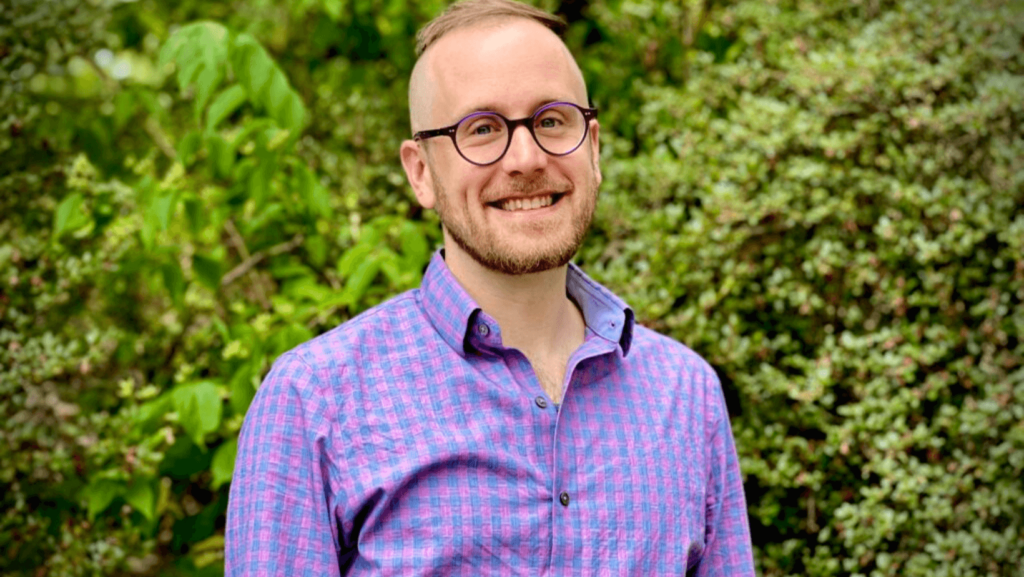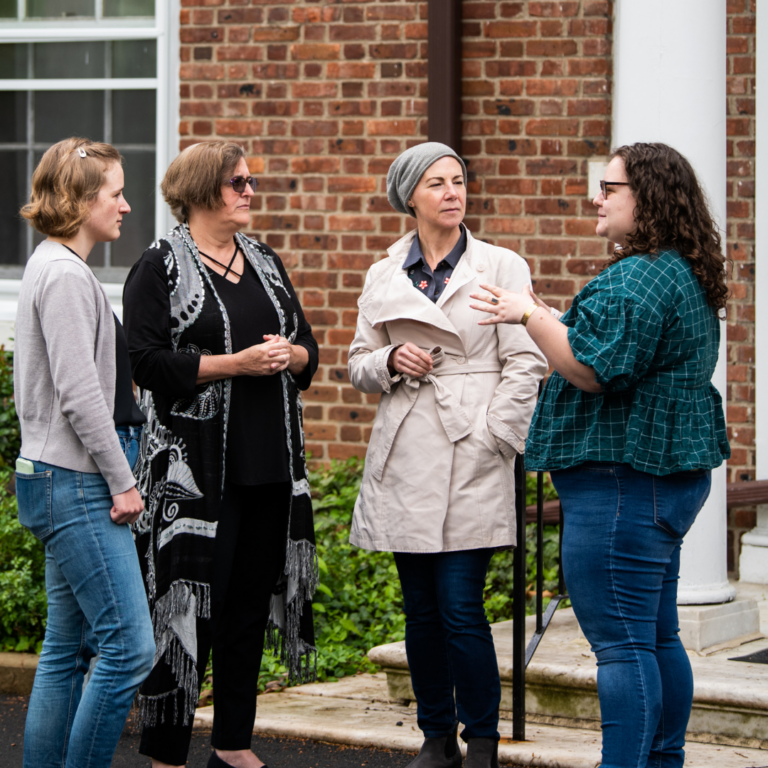Every week, Rabbi Alex Weissman, director of Mekhinah, and cultural and spiritual life at the Reconstructionist Rabbinical College, emails members of the college community with words of Torah. Here’s his email from Dec. 1, 2023.
Dear RRC Community,
In case it is not yet clear, I will now be sending you weekly emails with Torah, thoughts about (our) community and practices to continue to do the holy, difficult work of being in relationship across difference. Our commitment to this work is one of the things that makes RRC special. We are committed to holy heterogeneity, which is sacred, and sometimes makes being in authentic relationship challenging.

Psychologists refer to this dance as “differentiation,” the ability to be both close with another person and also remain true to who we are. This is in contrast with choosing either: a) disconnection from another but being true to ourselves; or b) connection with another but disconnection from self. The path of differentiation allows for closeness and personal distinctiveness.
At the end of last week’s parashah, Ya’akov and his uncle Lavan were able to work towards differentiation. They both shared their distinct experiences of Ya’akov working for Lavan, as well as their distinct relationships with Leah and Rachel, and arrived at a place of relative peace with each other, despite their conflicting narratives. Torah even tells us that they continued to disagree in their naming of the place they were in. “Lavan named it Y’gar Sahaduta, but Ya’akov named it Gal’eid” (Genesis 31:47). While being honest about their different perspectives of the past and the present, they are able both to connect and establish clear boundaries with each other.
After they part ways, Ya’akov names the place Machanayim, meaning “two camps,” the dual form of machaneh. Ya’akov successfully integrates these two narratives, his own and his uncle’s, by calling this single place Machanayim — one word that means two things existing as one.
In this week’s parashah, Ya’akov braces for a higher-stakes encounter, his reunion with his twin, Esav. The brothers have always been described as different from each other, and we know their relationship has been fraught since their time in Rivkah’s womb. It seems they have never achieved closeness. In other words, they have not successfully differentiated; they have been in option a) disconnection from the other, but commitment to self.

In this week’s parashah, Ya’akov braces for a higher-stakes encounter, his reunion with his twin, Esav. The brothers have always been described as different from each other, and we know their relationship has been fraught since their time in Rivkah’s womb. It seems they have never achieved closeness. In other words, they have not successfully differentiated; they have been in option a) disconnection from the other, but commitment to self.
Ya’akov, in anxious anticipation of this reunion, splits his single camp into two. Instead of one machaneh, or even a camp that exists within duality, machanayim, Torah tells us that Ya’akov splits his camp into shnei machanot. In Ya’akov’s own telling of this, he even goes as far to say: Hayyiti lishnei machanot/“I have become two camps” (Genesis 32:11). Ya’akov has lost his sense of self. As he is preparing for closeness with his twin, Ya’akov forgets who he is and splits himself into two. He chooses option b) closeness with another, but disconnection from self. He has become two camps. Not the dual camp in one word, machanayim, but two distinct camps represented by two words, shnei machanot. Ya’akov has dis-integrated.

What follows is a beautiful scene of reconnection and integration between the twins. They embrace and weep together. They are able to be close, despite their differences.
At the end of this portion of narrative, we witness Ya’akov emerging anew. Va’yavo Ya’akov shalem/“Ya’akov came whole” … vayichan et p’nei ha’ir/“he camped before the city” (Genesis 33:18). Ya’akov is shalem once more, not disintegrated. He camps, presumably with one integrated camp, one integrated sense of self. He still maintains boundaries, as he and Esav settle in different lands, but he no longer needs to cut off a part of himself to be in relationship with Esav.
Ya’akov emerges as a more integrated person.
This is the spiritual work of the moment. To reach toward each other while staying rooted in who we are. To hold the differences that exist between us and neither split ourselves nor our relationships.
This coming week, I invite you to join me in following Ya’akov’s (eventual) example. Try getting closer to someone while still bringing your authentic self. It might get uncomfortable. There may even be some heat.
We might not reach the spiritual place of Machanayim, of fully integrating both perspectives into one greater narrative, but if we journey together, maybe we won’t have to split into two camps.
Shabbat Shalom!
Alex







